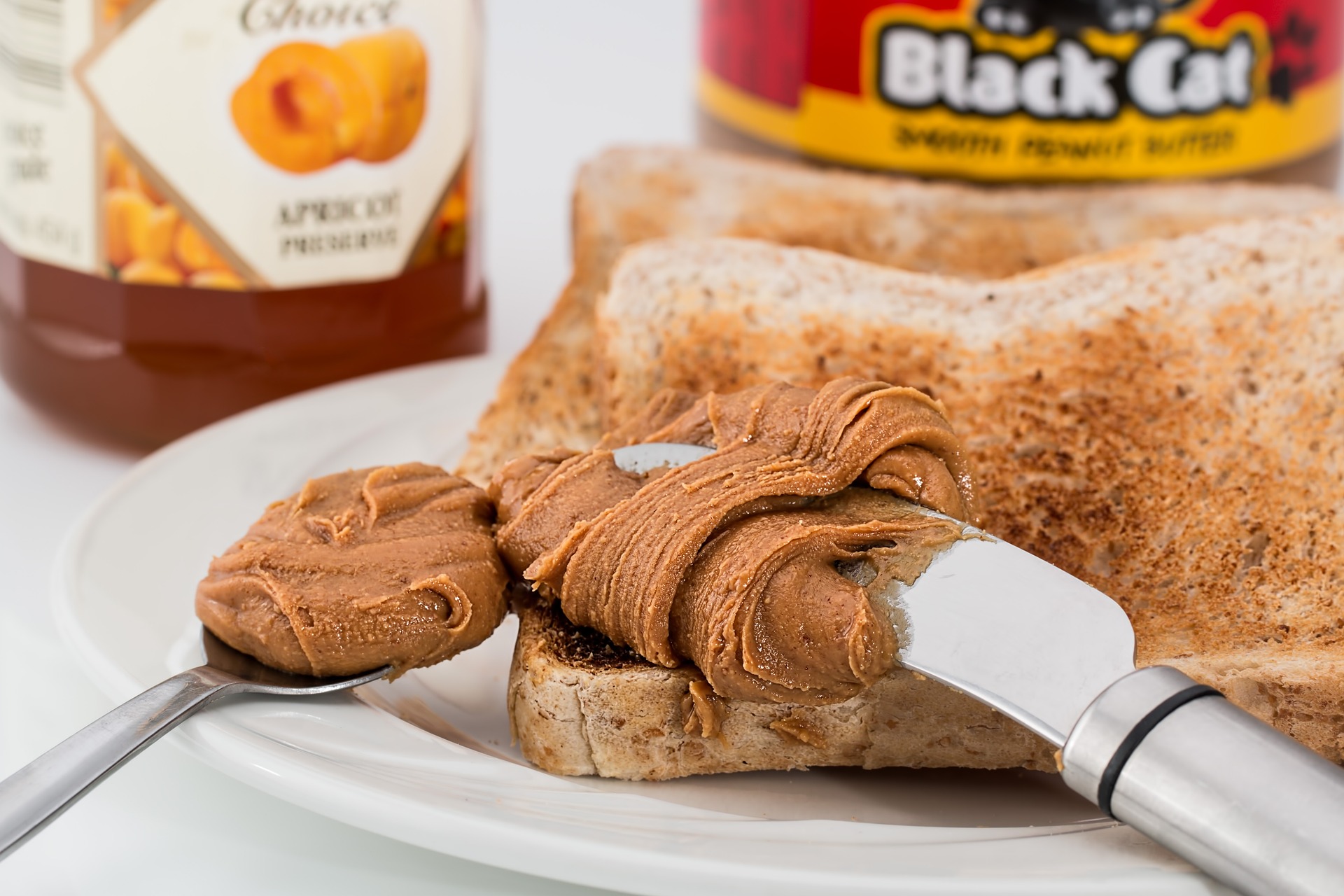Peanut butter is a staple food in many households, but do you know where it came from? The origins of this delicious spread may surprise you.
To understand the history of peanut butter, we must first look at the history of the peanut itself. Peanuts are native to South America and have been cultivated for thousands of years. They were brought to Africa by Portuguese traders in the 16th century and then to North America by enslaved Africans in the 17th century.
At first, peanuts were considered a food for animals and the poor. However, that all changed in the late 19th century when a physician named Dr. John Harvey Kellogg (yes, the same Kellogg of cereal fame) created a paste made from roasted peanuts and served it to his patients as a protein-rich alternative to meat.
Around the same time, a man named Marcellus Gilmore Edson, a Canadian chemist, was experimenting with making a nut butter. In 1884, he received the first patent for peanut butter. However, his version was quite different from what we know today. It was gritty, dry, and hard, and required the addition of sugar to make it palatable.
It wasn’t until the early 20th century that peanut butter as we know it today became popular. In 1903, Dr. Ambrose Straub, a physician in St. Louis, began selling a peanut butter paste as a health food. He marketed it as a protein-rich food that was easy to digest and didn’t require refrigeration.
Around the same time, a man named George Washington Carver was working to develop new uses for peanuts, which he believed could be a valuable crop for Southern farmers. Carver, who was born into slavery in the 1860s, was a brilliant botanist and inventor who made countless contributions to agriculture. He developed more than 300 uses for peanuts, including peanut butter.
Peanut butter gained even more popularity during World War II, when it was included in soldiers’ rations as a source of protein. After the war, peanut butter became a staple food in many households, particularly in the United States. Today, Americans consume more than 1.5 billion pounds of peanut butter every year.
But peanut butter isn’t just popular in the United States. It’s enjoyed all over the world, with variations on the spread in different countries. In the United Kingdom, for example, peanut butter is often paired with jam to make a sandwich. In Australia, it’s common to spread peanut butter on toast and top it with sliced banana.
In recent years, there has been a renewed interest in natural peanut butter, which contains just peanuts and sometimes salt, as opposed to the sugar-laden versions that were popular in the past. Many people also enjoy making their own peanut butter at home using a food processor or blender.
The history of peanut butter is a fascinating one, full of innovation and creativity. From its humble beginnings as an animal feed to its status as a beloved household staple, peanut butter has come a long way. And with its versatility and delicious taste, it’s sure to remain a favorite for years to come.




